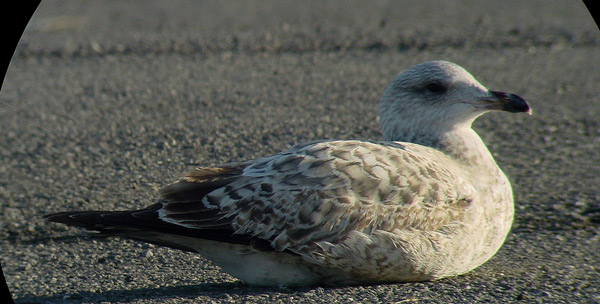 Yellow-legged
Gull- Geelpootmeeuw (L. michahellis): 2cy January
Yellow-legged
Gull- Geelpootmeeuw (L. michahellis): 2cy January
(last update: 08 december 2003)
YLG
1cy May
YLG
1cy June
YLG
1cy July
YLG 1cy August
YLG 1cy September
YLG 1cy October
YLG 1cy November
YLG 1cy December
YLG
2cy January
YLG 2cy February
YLG 2cy March
YLG 2cy April
YLG 2cy May
YLG 2cy June
YLG 2cy July
YLG 2cy August
YLG 2cy September
YLG 2cy October
YLG 2cy November
YLG 2cy December
YLG
3cy January
YLG 3cy February
YLG 3cy March
YLG 3cy April
YLG 3cy May
YLG 3cy June
YLG 3cy July
YLG 3cy August
YLG 3cy September
YLG 3cy October
YLG 3cy November
YLG 3cy December
YLG
sub-ad Jan.
YLG sub-ad Feb.
YLG sub-ad March
YLG sub-ad April
YLG sub-ad May
YLG sub-ad June
YLG sub-ad July
YLG sub-ad Aug.
YLG sub-ad Sept.
YLG sub-ad Oct.
YLG sub-ad Nov.
YLG sub-ad Dec.
YLG
adult January
YLG adult February
YLG adult March
YLG adult April
YLG adult May
YLG adult June
YLG adult July
YLG adult August
YLG adult September
YLG adult October
YLG adult November
YLG adult December
An example of a strong and powerful male michahellis.
The head shows fine streaking and the base of the bill has turned slightly
paler, pink and the tip of the bill turns white. The tail and all the
tertials are completely juvenile. Moult in the wing-coverts and in the
scapulars is in progress: the recently moulted rear lower scapulars show
very neat and fresh broad white fringes. The lowest row of upper scapulars
was moulted some time ago and the buff based centres are bleached and
appears white now. But the lower scapulars were acquired in a later stage
and those feathers still have the centres buff-grey.
Several wing-coverts were moulted late summer - early autumn (as can be
seen in the 1cy September Section
and October Section). Those
early moulted coverts have the fringes worn away by January; see e.g. the
inner 6 median coverts. Greater covert #2 is an example of a slightly
later acquired feather with at least the white fringe on the tip still
present. One central median covert is the last moulted feather and this
covert clearly shows the neat white fringe and the buff-brown centre.
Moult is still in progress with the innermost greater covert missing and a
few inner lesser coverts shed.
